
Tools to support artistic creation
One of the events that attracted public attention at the beginning of this year was “The Invasion” - a horror film produced by Vietnamese filmmakers with the support of AI - which earned a revenue of 150 billion VND after a short time of release. Before that, the entertainment market had also become familiar with many products with AI participation in creation. A series of million-view MVs by young director Pham Vinh Khuong with the help of AI had stirred up the community such as: “Dai Viet Painting”, “White Party”, “Eye of the Storm”.
These are music products with profound content on topics such as protecting children's rights, praising Vietnamese culture, history, and people. Without a cumbersome production team, the directors of these MVs complete the products by providing data and entering AI training commands. Pham Vinh Khuong recently produced a 180-minute science fiction film on environmental protection entirely using AI called "Shadow of the Wolf" (Vietnamese film name is "Curse under the Moonlight")...
AI has been present as a creative or “co-creator” in many fields of literature and art. The world has witnessed the first work of art created by AI being auctioned for half a million dollars at the famous Christie's Auction House. Qudan Rie, a young female writer, won the prestigious Akutagawa literary prize in Japan with her novel “Sympathy Tower Tokyo” written by AI.
Let’s not talk about the quality of art created and supported by AI. The abuse of AI in literary and artistic creation has caused a lot of controversy, but one thing is undeniable: the use of AI to create cultural and artistic products is an inevitable trend in the digital age. The combination of technology and art can promise unexpected breakthroughs, helping artists experiment with many styles as well as expand their expressive capabilities.
In some areas of art, the involvement of AI can open up new directions for the cultural industry. That is the great benefit that AI brings. However, hidden behind the creative products bearing the mark of AI, are ethical and legal issues. In particular, the copyright issue is facing many difficulties.
Legal framework for copyright protection
AI is present and participates in the creation of works of art, changing the traditional method of copyright protection. With the ability to simulate, copy, and search for data, AI can completely “create” a work in the style of a famous artist and popularize it in the digital environment. AI participates in all or each stage of a cultural product, can make a whole movie or part of it, write a script, “imitate” the dialogue similar to the voice of a famous actor…
The question is, how will copyright protection be enforced when AI participates in creating works of art? What will be the basis for resolving copyright disputes (if any)?
It can be seen that the current legal regulations related to the issue of copyright protection of works of art have many loopholes and have not kept up with the reality of life. Master, lawyer Le Van Cuong, Director of Tan Hung Limited Liability Law Company, shared that currently the core governing document on Intellectual Property rights is the 2005 Intellectual Property Law, amended in 2022.
Copyright law protects the person who directly creates the work, and derivative copyright protects the work when it is expressed in a certain material form. In the case of AI-generated works that do not have a clear human author, this is not mentioned. Even when an artist uses AI to create a video , the law still does not clearly define whether the copyright belongs to the person who entered the command, the company that developed the AI, or the organization that provided the training data.
Regarding the issue of property rights protection, the 2015 Civil Code does not mention digital content created by AI as property. Although in reality, there have been AI-created content that have brought great economic efficiency, if a dispute arises, there is no legal basis to determine who is the legal owner.
Recently, the Center for Digital Copyright Appraisal and Authentication under the Vietnam Copyright and Creativity Association has launched the Certiva technology platform - a useful tool for authors to register and manage copyright evidence safely, transparently and legally. Applying blockchain technology, Certiva supports authors in creating primary evidence, with legal value on two key factors: Author identity, time of existence and copyright protection of works.
Although it is not a substitute for copyright registration with the state management agency, this platform can help authors easily prove ownership, reducing damage when copyright disputes arise. This is even more useful when recently, many authors have "cried out" because their works were plagiarized, imitated, modified and used for their own purposes by individuals and organizations using AI, seriously violating copyright issues.
The shortcomings in copyright issues raise the need to soon build a legal framework in line with current technological trends, focusing on amending the 2005 Intellectual Property Law, revised in 2022, recognizing digital content created by AI as a legitimate “work”, recognizing the person who enters commands to AI as the author, unless otherwise agreed with the AI developer or data provider. It is necessary to clarify copyright and property rights, including the right to copy, distribute, and exploit economically, to protect creators.
Regarding this topic, at the meeting on November 5, the 10th Session of the 14th National Assembly, delegate Le Hoang Anh (Gia Lai Delegation) proposed that public data should only be allowed to be used for non-commercial research purposes. For commercial purposes, there should be consent or a collective licensing mechanism from copyright and related rights owners, and additional requirements for transparency of data sources when copyright disputes arise. If regulations are not strict, AI enterprises can exploit literary, artistic, and journalistic works for commercial purposes, making copyright issues more complicated.
Source: https://nhandan.vn/bai-2-sang-tao-nghe-thuat-co-su-dung-ai-post922128.html




![[Photo] Prime Minister Pham Minh Chinh receives Lao Minister of Labor and Welfare Phosay Sayasone](https://vphoto.vietnam.vn/thumb/1200x675/vietnam/resource/IMAGE/2025/11/11/1762872028311_dsc-2246-jpg.webp)






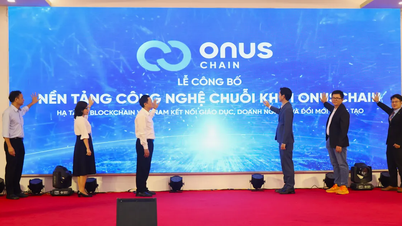








![[Video] Draft documents of the 14th National Congress emphasize the key role of foreign affairs](https://vphoto.vietnam.vn/thumb/402x226/vietnam/resource/IMAGE/2025/11/12/1762905940110_dung00-24-48-14still009-jpg.webp)

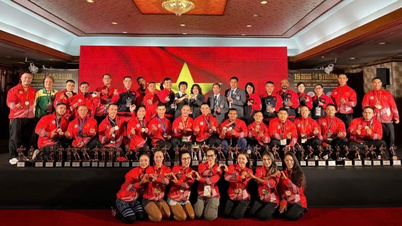














































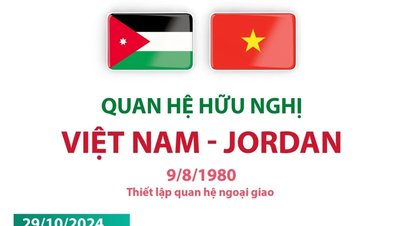














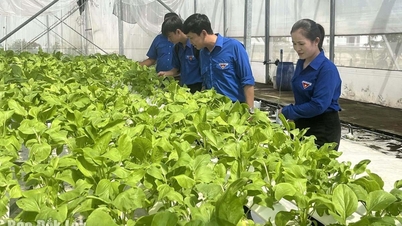





![Dong Nai OCOP transition: [Article 3] Linking tourism with OCOP product consumption](https://vphoto.vietnam.vn/thumb/402x226/vietnam/resource/IMAGE/2025/11/10/1762739199309_1324-2740-7_n-162543_981.jpeg)






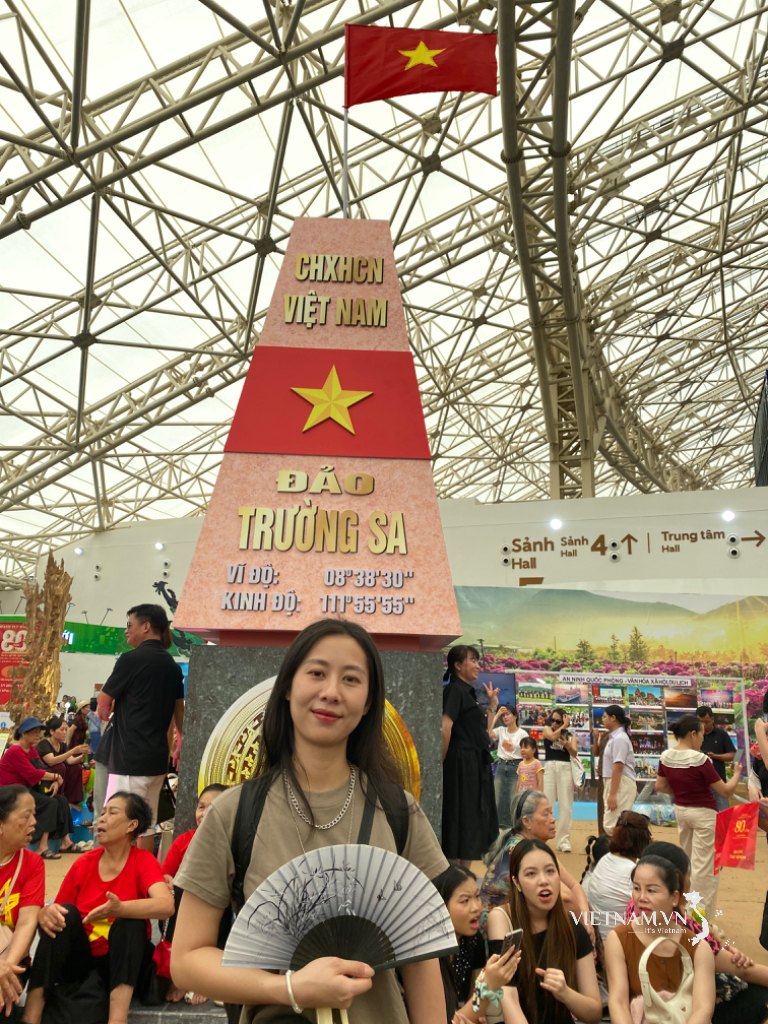

Comment (0)